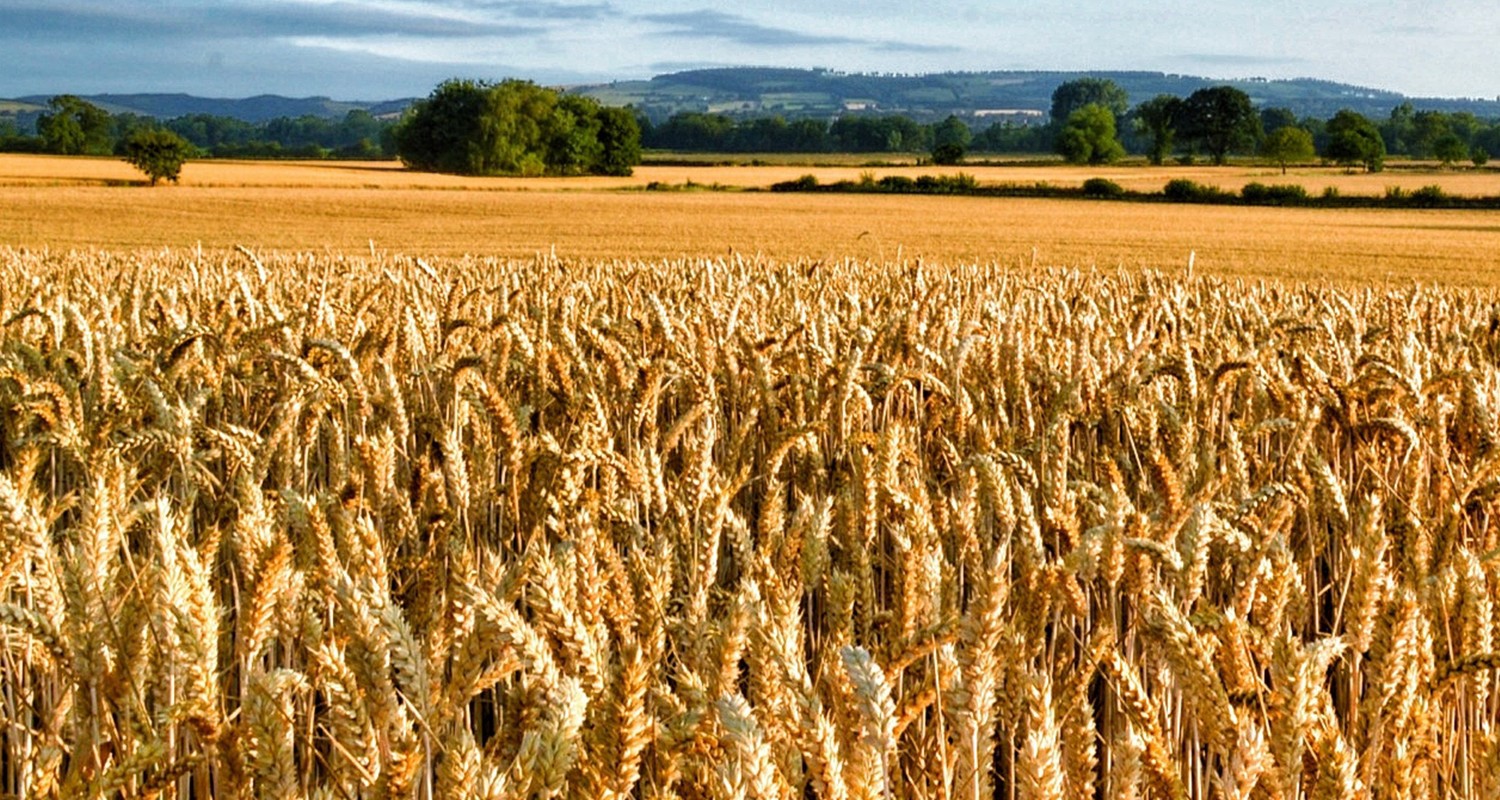
A greater proportion of the domestic wheat crop is likely to be used in the UK flour milling industry this year, according to initial results from AHDB.
AHDB Cereals & Oilseeds Cereal Quality Survey has shown a proportion of nabim (the association representing UK flour millers) Group 1 varieties hitting high quality bread wheat specification.
It is the highest for 10 years, with 46% of the samples so far hitting the spec for this harvest.
James Webster, AHDB Cereals & Oilseeds analyst, said: “With more results now in, covering a wider area of the UK, we are beginning to get a clearer picture how the quality of this year’s harvest is shaping up.”
More than 15,500 wheat samples had been analysed by 24 September 2016.
46% of the total samples analysed so far meet or exceed the required quality standards, which are a minimum specific weight of 76 kg/hl, Hagberg Falling Number (HFN) greater than or equal to 250 seconds and a minimum protein content of 13%.
The Hagberg Falling Number is the measure of a specific enzyme which attacks the starch molecules, breaking them down to sugars which then produce the gas giving the air pockets and good loaf structure.
Last year, only 31% of all the samples analysed met or exceeded the requirements for high-quality bread wheat, due to lower average protein levels.
UK flour milling industry
Mr Webster added: “The high proportion meeting milling standards this year is likely to mean a greater proportion of the domestic crop being used in the UK flour milling industry.
“However, with a lower specific weight than in the previous two years, extraction rates are likely to be lower, which could also influence the amount of wheat required.”
The revised provisional average protein level for 2016 was 12.5%.
The protein level is only marginally lower than the level seen in the first release (12.6%) but still remains up on the 2015 results and three-year average.
The average HFN for all samples was 309 seconds, a decrease on the level seen in the first provisional results (319 seconds).
Even so, it remains above the level of the final results from both 2014 and 2015. In the wider context, this year’s HFN is one of the highest levels on record, with only five harvests since 1977 exceeding it.
Specific weight remains below the three-year average and has also decreased compared to the level seen in the first provisional release.
The overall average specific weight for 2016 is 76.7 kg/hl. The lower average level may reflect the increased proportion of nabim Group 4 samples analysed, compared to the first release.
Group 4 varieties accounted for 28% of the current sample, compared with 23% in the first release.
